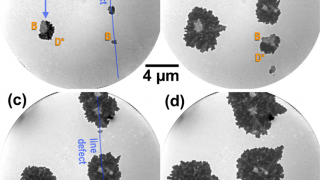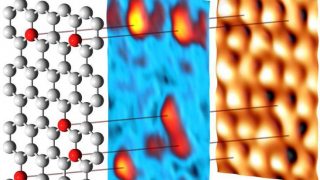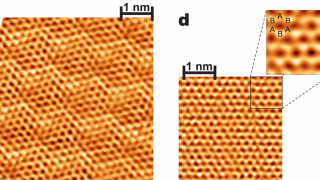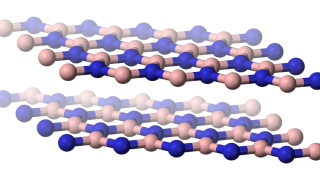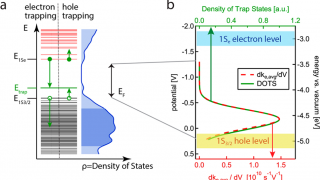
Identifying the bottlenecks for improving quantum-dot based devices
Chemistry • Condensed matter • Materials • Physics • Quantum physics
Minimizing losses in any kind of electronic device is always important, but it is paramount in nanoelectronics. Still, most of the phenomena that lead to inefficiencies in the operation of these nanodevices are poorly understood. Consider the case of quantum dots. A quantum dot is a nanometric crystalline structure of semiconductor materials. In a quantum […]

